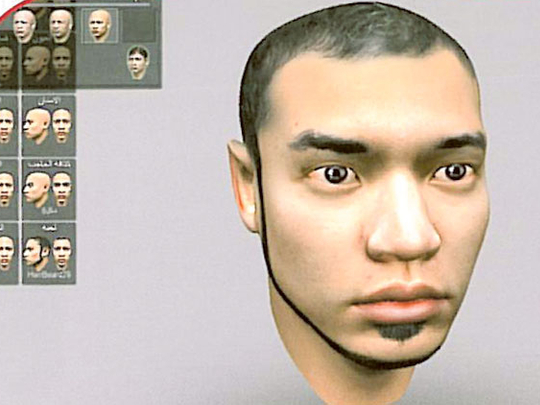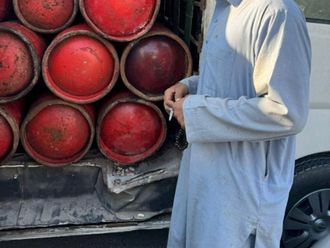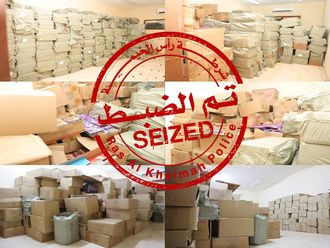
Dubai: Police have a new tool to fight crime — three-dimensional software to help police sketch artists to create more detailed composite images of suspects on the run.
The technology of sketching crime suspects in 3D will soon be part of Dubai Police’s methodology to catch criminals, a senior police official said.
The futuristic computer software will make it easier for Criminal Investigation Department investigators [CID] to identify criminals.
Lt Col Dr Ahmad Bin Subaih, Director of the Virtual Application Development Centre in the General Department for Human Resources at Dubai Police (VADC), told Gulf News that the police will have a better chance of arresting suspects with more realistic images of crime suspects.
Accurate composite
“The 3D sketch software allows users to quickly create and alter electronic images of suspects as the sketch will be a truly accurate composite with amazingly life-like 3D features,” said Dr Bin Subaih.
The 3D sketch technology has been developed at the laboratories of the VADC.
“Face sketch in 3D allows police to create a 3D facial composite based on an eyewitness’s fresh information and description of the face of the crime suspects,” he said.
Dr Bin Subaih said that the 3D face sketching tool allows combining different facial features to create faces of different nationalities and backgrounds. “It is done with a 3D imaging camera which uses light to capture full-frame 3D colour images. It uses the camera to create an extensive database of 3D facial features selected by the software,” he said.
The software guides users through the steps of selecting facial design, then adding unique features to modify a final portrait. “This also allows police artists to create a face on their own without being prompted by the [software] by using a toolbar included in the programme in order to transform facial features — enlarging them, lengthening them, accurately adding features or adjusting existing elements such as hair or age making a rough approximation of what the suspect might resemble in order to produce the required sketch.”
The sketcher can introduce shadows from any angle on the 3D model of the face to show how a suspect might look in different types of lighting. The software can instruct the character to move and talk.
“It will sketch the 3D hair, facial hair, skin, texture, pose, expression, teeth and other features.” He said this enables officers and investigators to start with a witness’s description, and end up with a computerised match against a database of criminals.
“Dubai police officers and investigators were trained in our centre on how to use the face-sketching technology,” he said.
He said this new system is scheduled to be used by police this year and it offers key advantages over traditional charcoal drawings. “This new technology offers speed at work as users can pull up a facial pattern promptly and alter features such as nose and hair with a click of a mouse instead of erasing and redrawing features,” he said.
“For years police have used professional sketch artists to sketch a composite of a suspect’s face from a witnesses description but the new software tools to create composites of suspects will make it easer in their search for a suspect,” he said.












